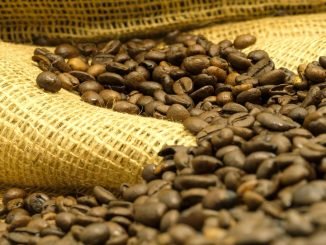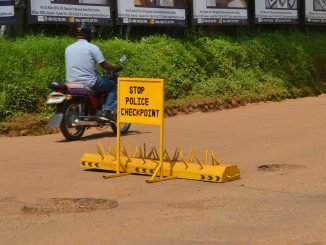
Kampala, Uganda | URN | The Government of Uganda has released a list of the groups of people who will benefit from the COVID-19 relief cash.
While announcing the second lockdown to control the spread of COVID-19, President Yoweri Museveni said that his government was going to support vulnerable people whose income was interrupted by the lockdown.
The government resolved that instead of giving maize flour and beans to vulnerable people as it did in the first lockdown, they would give each beneficiary 100,000 Shillings that would be sent on their mobile phone numbers.
On Tuesday 29, June 2021, the Minister of Gender, Labour and Social Development, Betty Amongi, whose ministry was tasked with identifying these vulnerable groups together with the Office of the Prime Minister released a list of the beneficiaries. According to the list, 13 categories of people have been identified for support.
These include bus/taxi drivers and conductors, baggage carriers, wheelbarrow pushers, touts, traffic guides and loaders in the taxi, bus parks and stages and other major commercial centres such as Kikuubo, barmen, djs, barmaids, waiters and bouncers, bar gym and restaurant workers, food vendors in bus, taxi parks and arcades, artists including musicians, comedians, producers and promoters, boda boda riders, special hire drivers and Uber drivers, saloons, massage parlour workers, teachers and support staff in private schools and teachers in government schools not on the government payroll and car washers.
Read Also: Uganda MPs oppose COVID-19 relief cash for cities, municipalities only
Others are slum dwellers/ghetto residents, street vendors, shoe shiners and cobblers and orphans and vulnerable children. The exercise aims at reaching 501,107 beneficiaries.
Amongi says that those whose phone numbers are not registered in their names, their money will be given to them through Post Bank mobile vans. Amongi said her ministry will continue supporting workers until the government lifts all the COVID-19 restrictions. She called upon leaders at all levels to help in the identification of beneficiaries and ensure that they receive their relief money.



